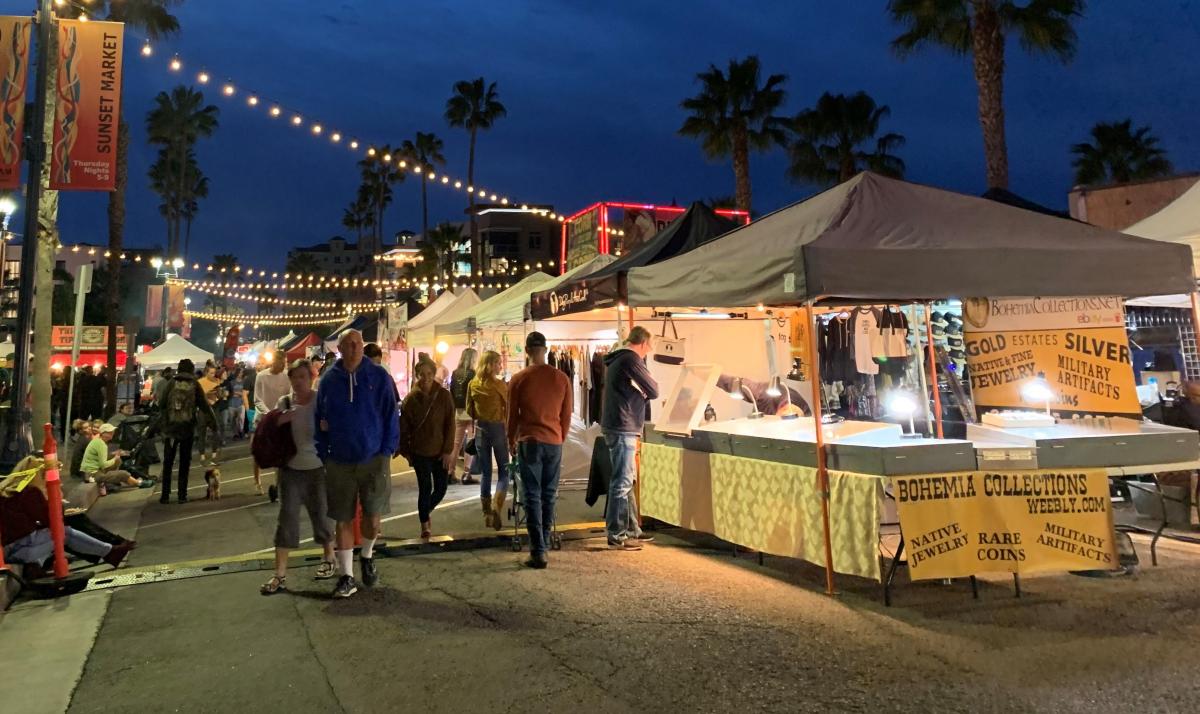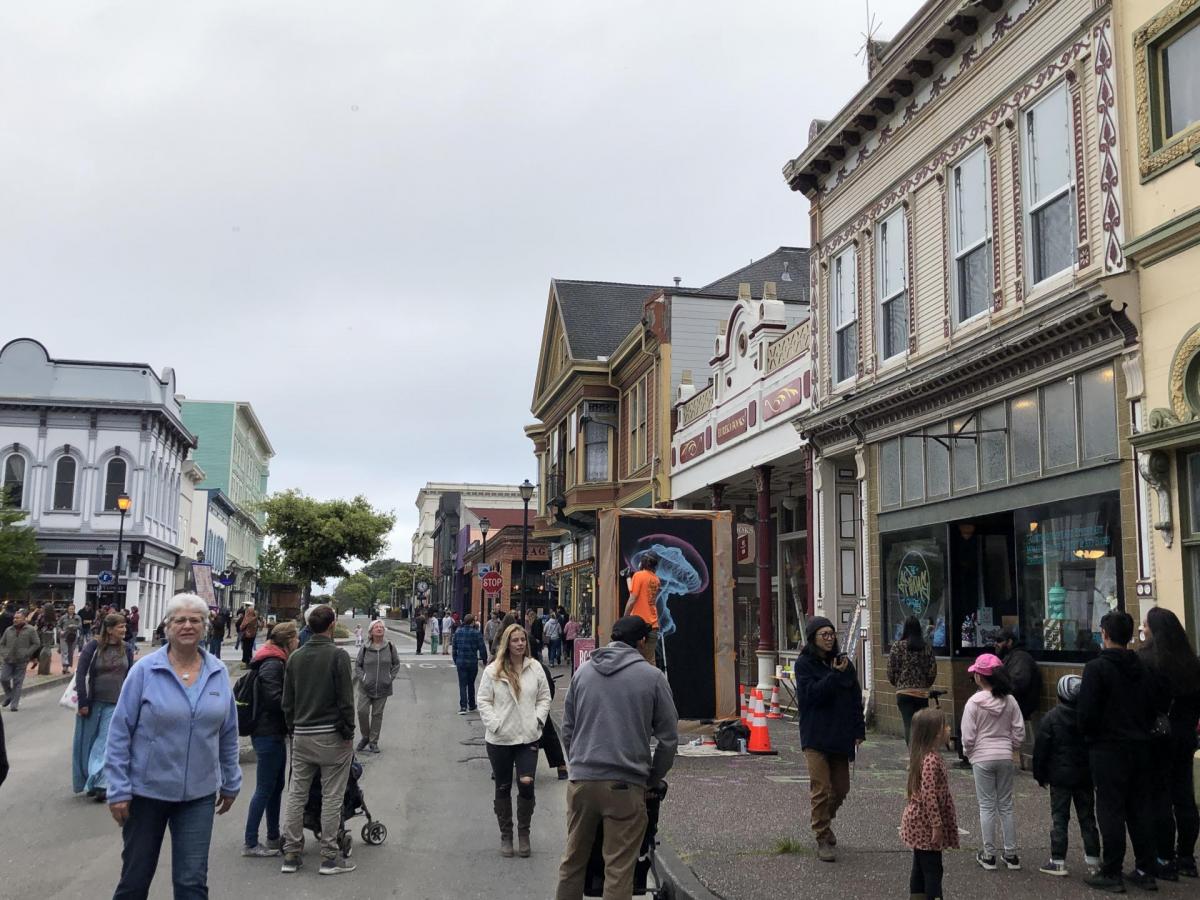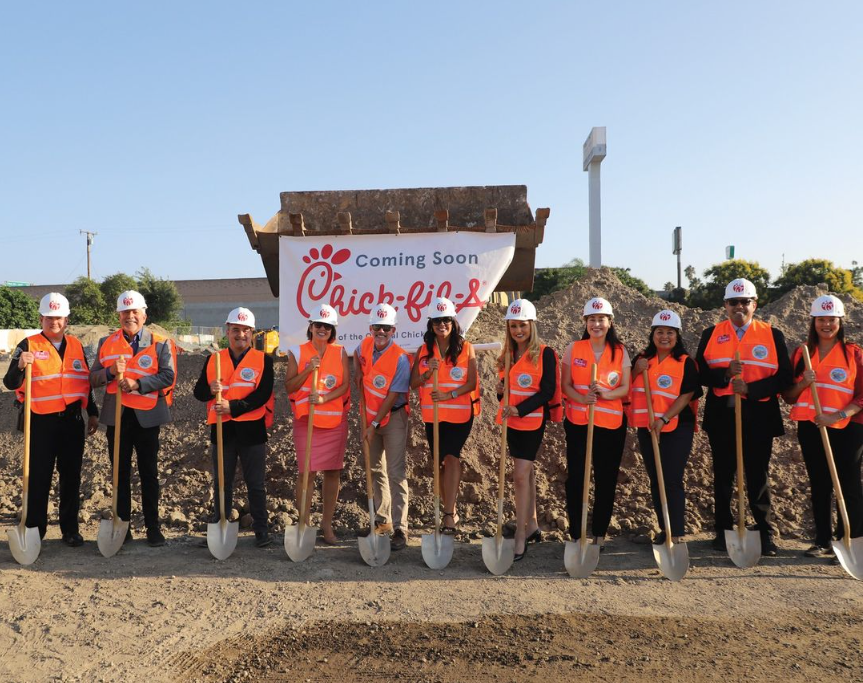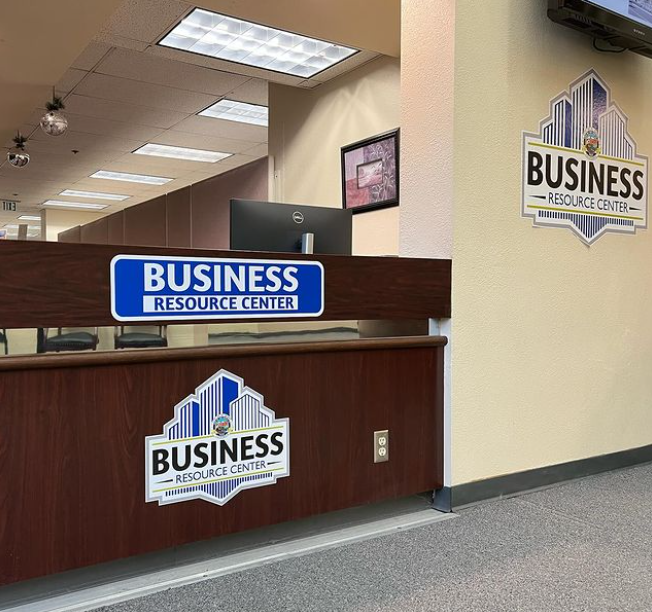Gaining purchase: How three cities overcame the pandemic-fueled retail blues
Jackie Krentzman is a Bay Area-based writer/editor with experience creating compelling content in multiple sectors, including DEI, affordable housing, nonprofits, and education.
Retail in California has struggled in recent years, especially businesses with smaller footprints. But for some cities, COVID-19 is the latest — albeit extreme — economic disaster that they’ve weathered and emerged stronger from. Many have taken innovative steps to support and grow their retail sector, especially smaller businesses.
Rising inflation and labor costs have hit small businesses, the backbone of many local economies, particularly hard. A pandemic-era surge in e-commerce, a spike in direct-to-consumer sales, downtown office vacancies, and other macroeconomic trends only made it worse. Over 90% of businesses in California employ fewer than 20 employees — almost one-third of all jobs in the state.
Main Street California, which helps revitalize downtown communities, helps cities attract new businesses and ensure that existing ones thrive. According to Amanda Elliott, who oversees the organization’s programs, many businesses have found success — especially among younger shoppers — by marrying shopping with experiences that foster connection with others.
“Young people are coming into cities to do something other than shop,” Elliott said. “Our programmatic partners have been adding events such as night markets and seasonal fairs, where the customers can become aware of businesses they may not have encountered before.”
Surfing economic waves
One such city is Oceanside, in northwestern San Diego County. For decades, the city was a hub for people buying automobiles. When other cities began transitioning to auto parks and regional shopping malls in the 1980s, the city was forced to remake itself. About 20 years ago, Oceanside began focusing on improving its retail and hospitality sectors — notably in its downtown area, situated right on the coast and next to a historical wooden pier.
The first step was to focus on housing development. “Housing is key, you need people to shop before you can build commercial,” said Economic Development Manager Michelle Geller.
Oceanside began greenlighting multistory housing developments downtown, including mixed-use developments. Altogether, 1,100 units were constructed.
Developers added over 43,000 square feet of commercial space to the city in 2023 alone, with another 400,000 square feet on the horizon. Recent developments include two new hotels, each sporting several restaurants, and bars. From 2018 to 2023, Oceanside’s sales tax revenue increased from $5.8 million to $7.3 million.
Oceanside is also one of the 14 official cultural districts in California. The designation has helped to preserve and promote iconic city landmarks, such as Artists Alley, the California Surf Museum, and tattoo parlors that honor the city’s military heritage. In fiscal year 2022-23, the district’s nonprofit arts and culture sector generated $45.6 million in economic activity, supporting 700 jobs, and contributing $10.3 million in tax revenue.
Geller credits local partners and Main Street with maximizing Oceanside’s downtown, which she sees as Oceanside’s greatest asset. Oceanside teamed up with Main Street to launch a series of events, such as a farmers’ market, a two-week Shop Local holiday celebration, and the now signature Thursday evening Sunset Market. Every week, nearly 200 vendors stretched over four city blocks set up shop, attracting as many as 10,000 residents and visitors to enjoy the live music, food trucks, and a vast array of shopping opportunities.
“I am thrilled with the city’s partnership with Main Street as well as [the] chamber of commerce and Visit Oceanside,” Geller said. “I’ve seen in other cities worked in silos, but I think our success in large part has come because we work so well together.”
From timber to tourism
At the opposite end of the state in Humboldt County, Eureka is also taking very intentional steps to spur retail. For generations, the timber industry drove the city’s economy. Today, tourism and retail are the city’s primary employers.
Like many other small cities, the pandemic was a mixed bag. Some businesses suffered, but others did well. People eager to escape large urban cores came to Eureka for its many outdoor activities. In recent years, cruise ship lines relocated there, boosting tourism. The city has also become a haven for Californians looking to escape the smoke and heat during wildfire season.
Eureka has also partnered with Main Street to put on events, such as the popular First Saturday Arts Alive. The family-friendly event attracts Humboldt County residents and tourists alike looking to shop, eat, enjoy live music, and socialize.
Economic Development Manager Swan Asbury said that Eureka is examining every possible angle to boost its economy, including moving its visitor center to a more central location. It also is examining its zoning options. Half of its Main Street and Old Town business districts are zoned as inland and half as coastal, the latter of which brings with it more stringent regulations. The city has asked the California Coastal Commission to approve some changes to the zoning code that would attract new businesses, including streamlining and lowering the cost of the permitting process. The city also proposed an amendment that would make it easier for people to access Old Town, such as better signage in parking lots, shuttle buses, and pedestrian-friendly improvements.
“Reducing regulations is a way we can support our small businesses,” Asbury said of the city’s proposal to the Coastal Commission. “We need to take advantage of every opportunity. If the Commission approves our amendments, and we hope they do, it will create great opportunity in our coastal zone and along our waterfront.”
Big box business brings benefits
It’s not just small businesses that have thrived since the end of the pandemic. Big box stores, national chains, and franchises have increased their footprint in some cities as well. The Los Angeles County city of El Monte has undergone an economic renaissance over the last five years in part due to its success in attracting national chains.
Led by City Manager Alma Martinez and with the support of the city council, El Monte created a Business Resource Center to help developers with business licensing and entitlements, streamlining and expediting the often-cumbersome development process.
“In recent years, we have made businesses feel welcome, instead of daunted, in locating here,” Martinez said. “We have brought a public-private mentality that has created a business-friendly environment that companies appreciate.”
El Monte’s efforts will culminate in a new 376,000-square-foot development opening later this year. Near Highway 10, the development will include a Target, Starbucks, Chick-fil-A, In-N-Out, and Raising Cane’s. This one development alone will deliver approximately $770,000 annually in taxes to the city. An important consideration for the city, said Martinez, was Target. El Monte is a food desert, making the store’s fresh vittles vital.
Cities as retail innovation hubs and public living rooms
If there’s one takeaway from all three cities, it’s that every economy eventually changes. Innovation is a must, even when there isn’t a global pandemic. For some cities, this may mean revitalizing shopping districts or focusing on experiences and events. Others have chosen to prioritize manufacturing.
And for many, economic development also means focusing on public safety, walkability, and housing — creating a sense of place that injects vibrancy, civic pride, and identity into communities.
“Shopping districts where people want to congregate are a city’s public living room,” said Main Street’s Elliott. “When you combine shopping opportunities with coffee shops, restaurants, art and theater, and fun events, you have the crucial ingredients for creating community and downtown vitality.”





